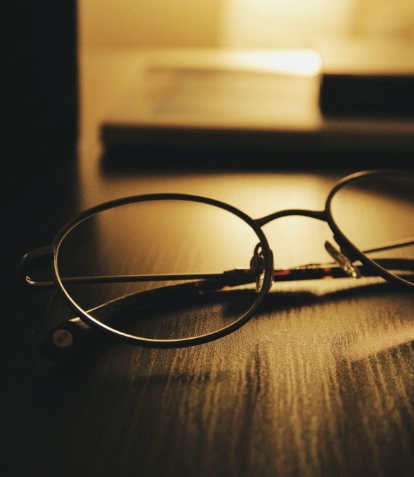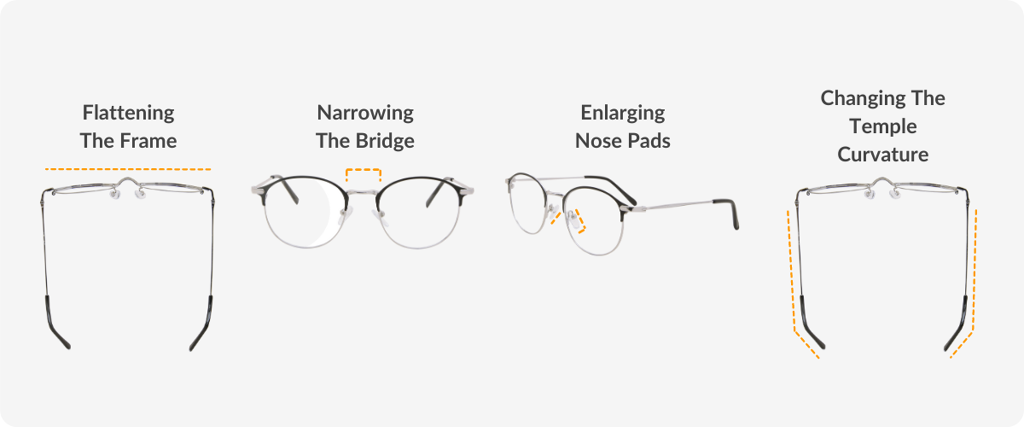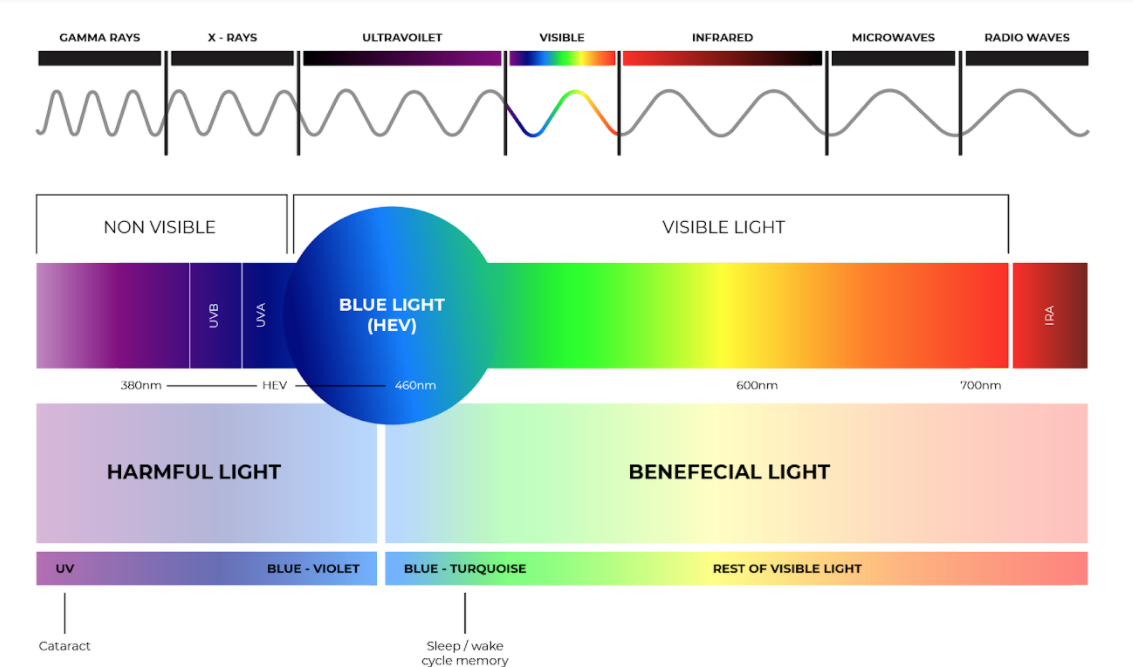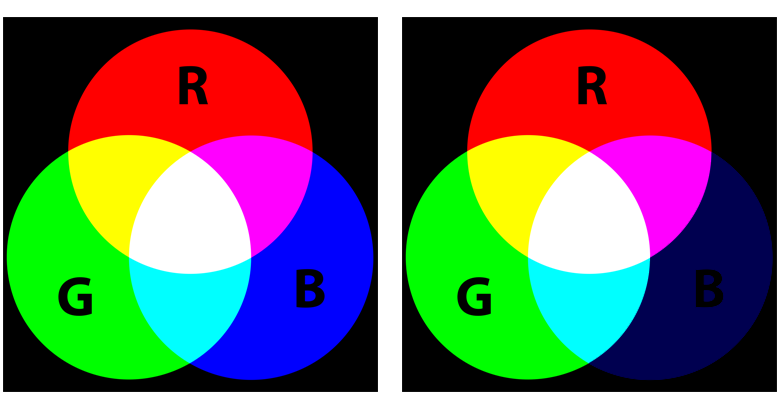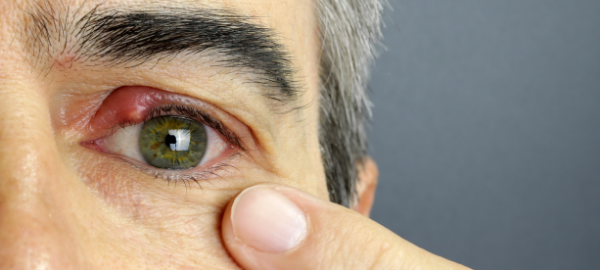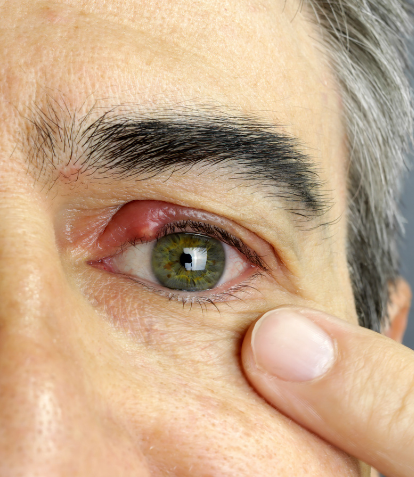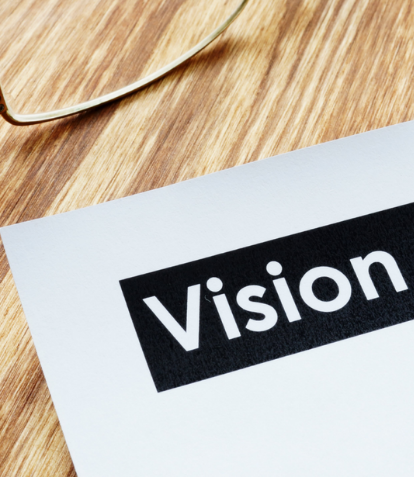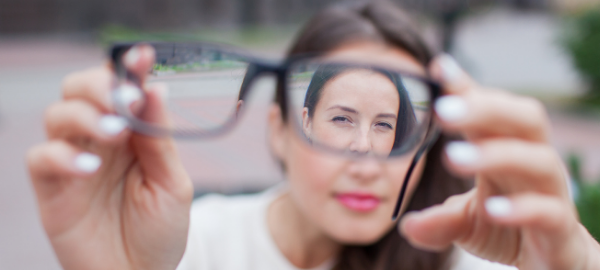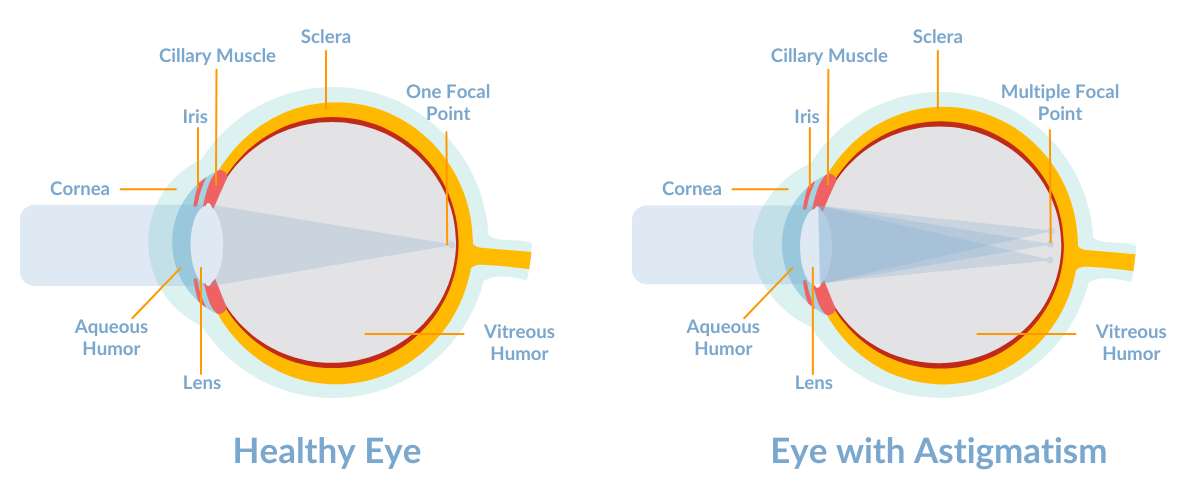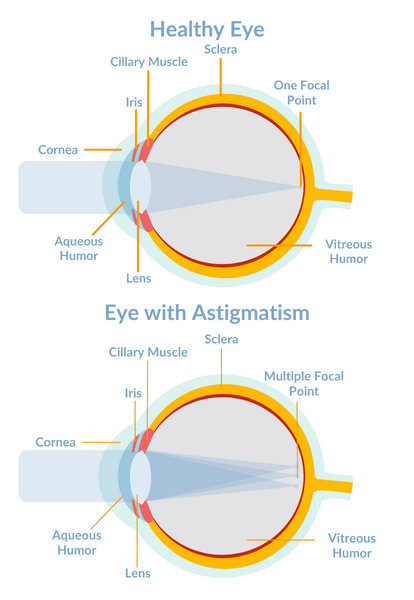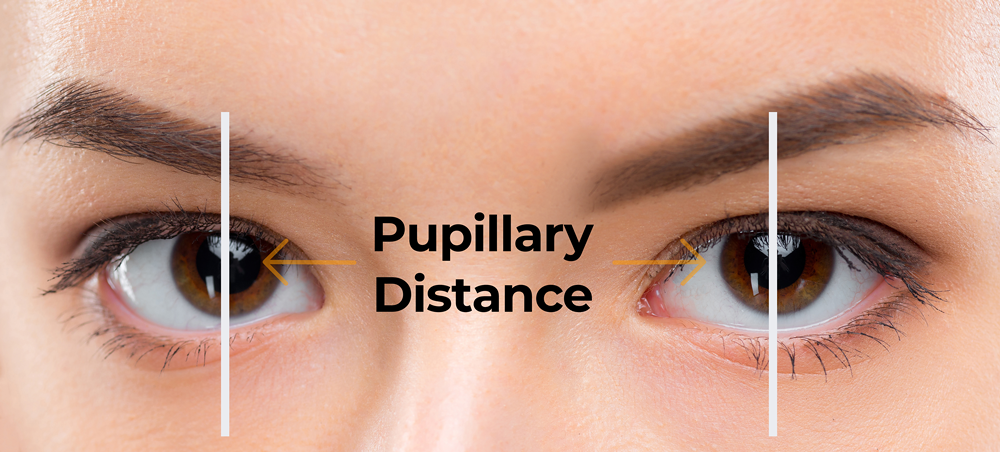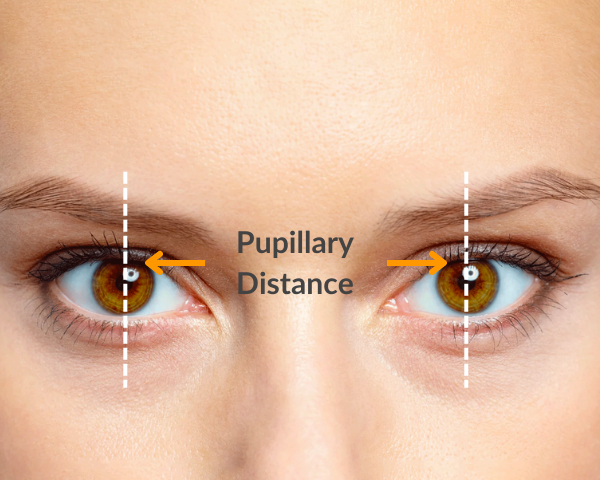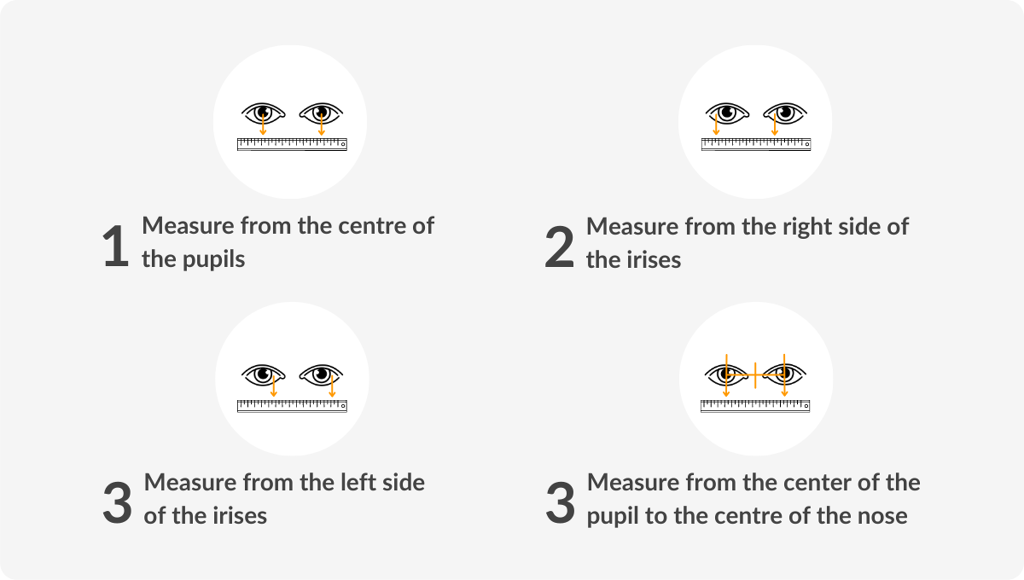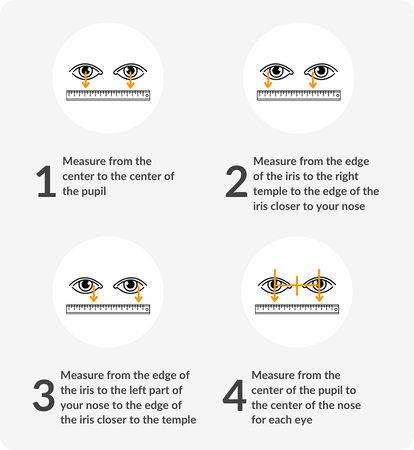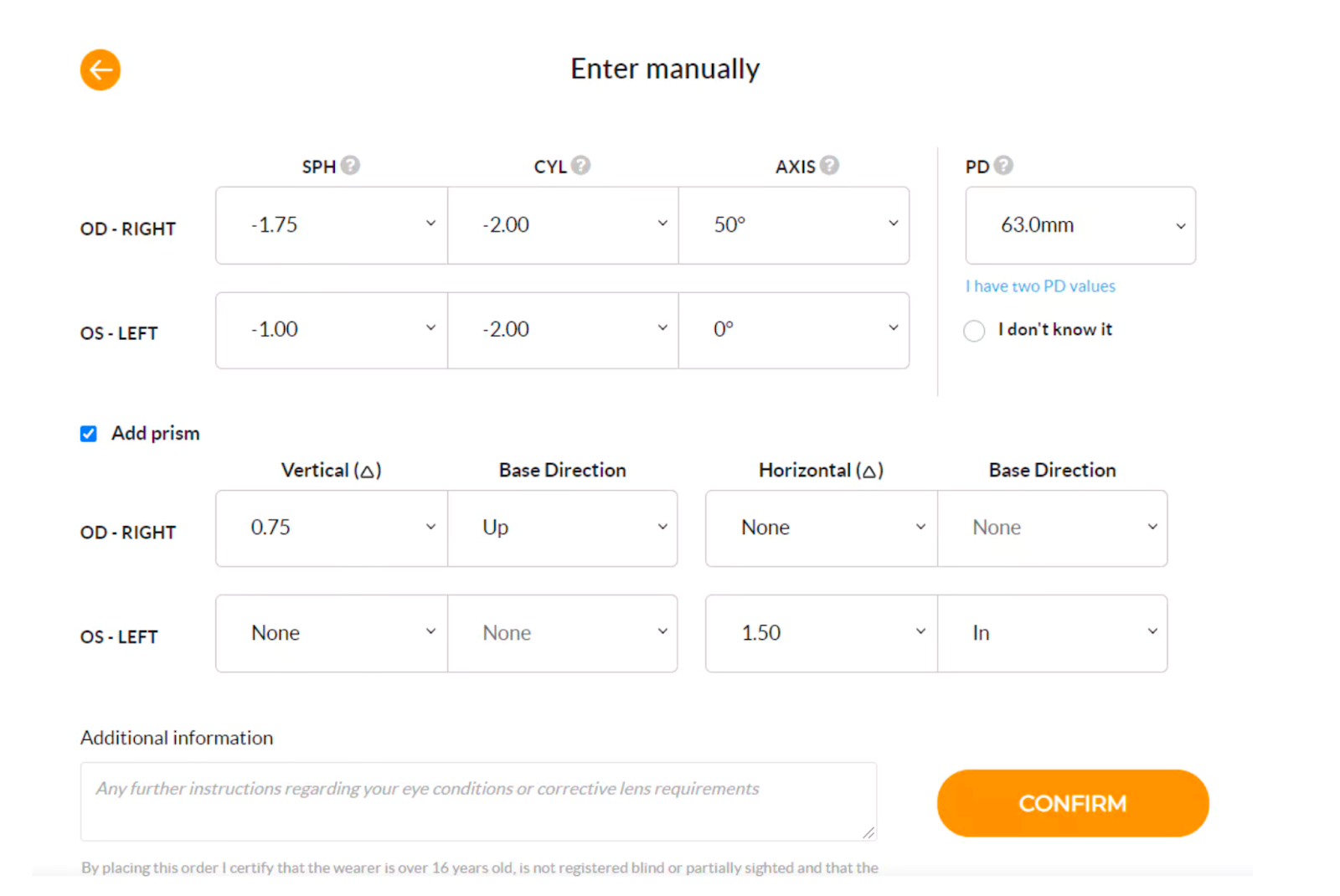Home
⁄


Tinted Sunglasses - What Are They Good For?
For those with a more specific use in mind for their eyewear, it is worth checking the options of tinted sunglasses. Besides the fact that there are multiple types of eyeglass tinting to opt for, they all have unique benefits that they bring with various suggested uses. People who see the world through rose-colored glasses will agree that you can find functional sunglasses combined with style too! Sunglasses with colored lenses are trendy and offer a unique look that will catch the eye! Interested? Read the rest of the article to understand what tinted eyeglass lenses can work for you.
What color tint is best for sunglasses?
Deciding what color tint is best for sunglasses can change from person to person. It depends on your lifestyle and what you will do while wearing your sunglasses. Let’s run through the options.
Green tinted sunglasses
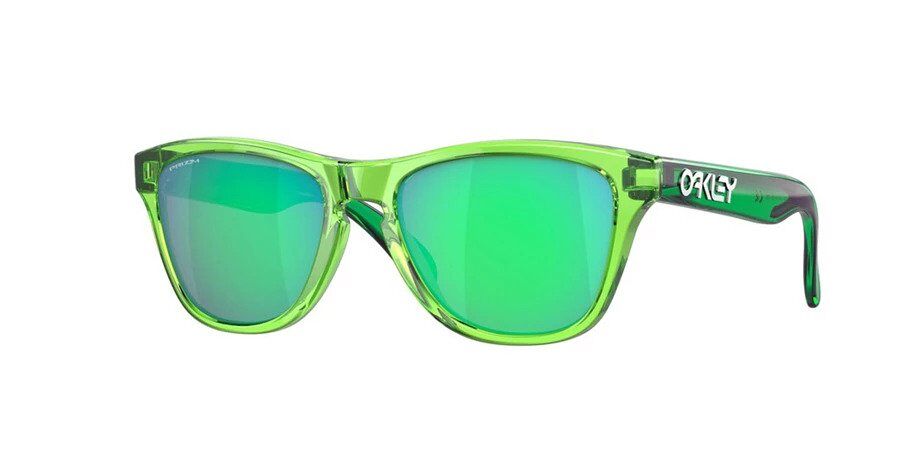
Green lenses like these from Oakley filter out your view’s blue light and provide contrast and sharpness that reduces eye strain and glare in bright environments. These tinted lenses are great for: faced with bright lighting settings. Things these tinted lenses are great for:
- • Rainy or sunny weather conditions
- • Golf
- • Outdoor activities

Blue/Purple tinted sunglasses

Eyeglass tinting that uses blue/purple lenses like this pair of Ray-Ban frames enhances color perception and improves object contours. The features of these sunglasses with colored lenses are ideal for:
- • Eliminating sun glare
- • Misty, foggy, and snowy weather conditions
- • Hockey
- • Cricket

Red/Pink tinted sunglasses

As seen on this pair from Arise Collective, red or pink lenses soothe the eyes as they block blue light and minimize eye strain and glare from screens. They can also aid with depth perception. When are they suitable to wear?
- • Driving / Racing
- • Skiing and other winter sports

Dark amber, copper, or brown tinted sunglasses
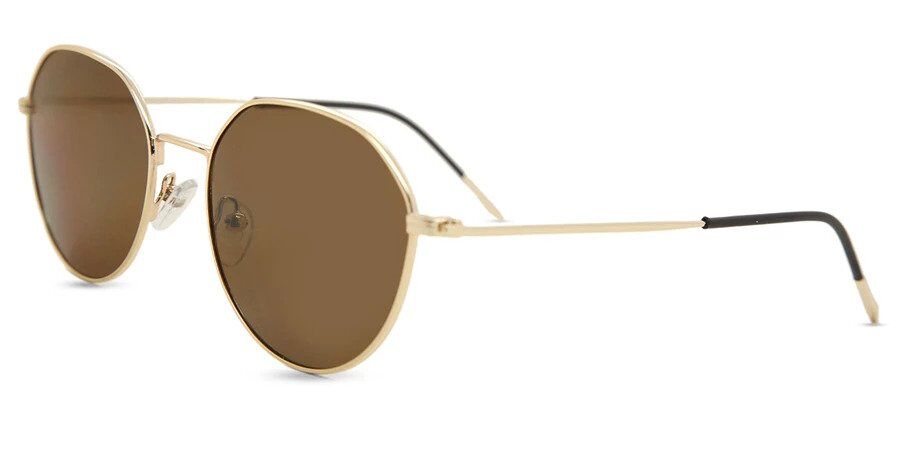
Dark amber, copper, or brown lenses enhance the color red and, therefore, can illuminate brake lights when driving. Not only that, but they also help with judging distance in hazy and foggy conditions. The activities that pair well with frames like the one above from SmartBuy Collection include:

Gray/Black tinted sunglasses
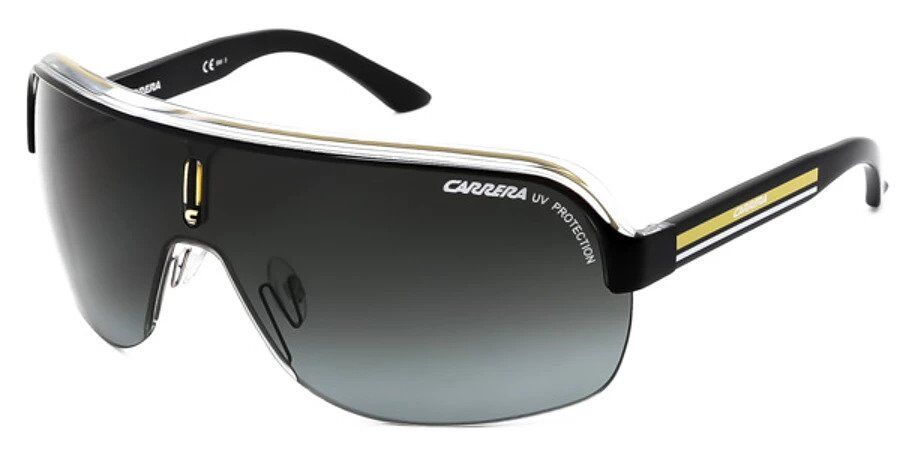
Gray and black lenses are a fantastic option for general use and work on bright and overcast days. This option of colored lenses, like the Carrera pair above, provides accurate color perception while offering the most significant light reduction. You should grab a pair if you are into the following:
- • Water sports
- • Deep-sea fishing
- • Outdoor leisure
- • Baseball

Yellow tinted sunglasses
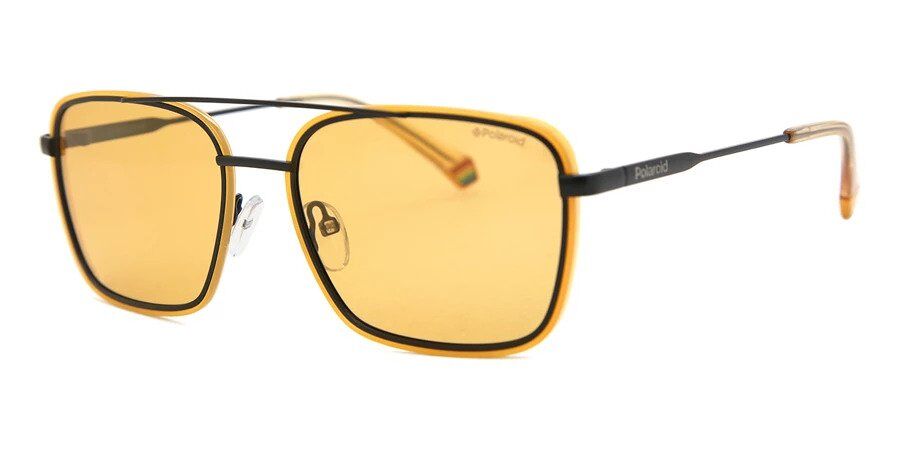
By filtering out blue light, yellow lenses like this Polaroid pair help the eyes pick out soft colors, which is beneficial in low-light settings such as indoor sports and overcast days. Ideal activities for this color of tinted sunglasses are:
- • Hiking in shaded areas
- • Mountain biking
- • Indoor shooting
- • Tennis

Why is sunglasses tinting important?
The importance of eyeglass tinting becomes evident after using the correct lenses for your activities. Tinted lenses provide helpful adjustments that help you go through your day with ease. For example, they equip wearers with the best alteration to stay safe when enjoying their favorite pastimes and sports. If you’re looking for more options, polarized sunglasses are fantastic for enhancing your outdoor experience. They eliminate frustrating glare by filtering the light that passes through your lens. Now that you know what colored lens sunglasses can have a use in your life, browse through our collection of tinted eyeglass lenses and pick out your match! As you can see, we have a selection of lens types for any activity and style Which color will you choose?Tinted Sunglasses - What Are They Good For?
For those with a more specific use in mind for their eyewear, it is worth checking the options of tinted sunglasses. Besides the fact that there are multiple types of eyeglass tinting to opt for, they all have unique benefits that they bring with various suggested uses. People who see the world through rose-colored glasses will agree that you can find functional sunglasses combined with style too! Sunglasses with colored lenses are trendy and offer a unique look that will catch the eye! Interested? Read the rest of the article to understand what tinted eyeglass lenses can work for you.
What color tint is best for sunglasses?
Deciding what color tint is best for sunglasses can change from person to person. It depends on your lifestyle and what you will do while wearing your sunglasses. Let’s run through the options.
Green tinted sunglasses

Green lenses like these from Oakley filter out your view’s blue light and provide contrast and sharpness that reduces eye strain and glare in bright environments. These tinted lenses are great for:
- • Rainy or sunny weather conditions
- • Golf
- • Outdoor activities

Blue/Purple tinted sunglasses

Eyeglass tinting that uses blue/purple lenses like this pair of Ray-Ban frames enhances color perception and improves object contours. The features of these sunglasses with colored lenses are ideal for:
- • Eliminating sun glare
- • Misty, foggy, and snowy weather conditions
- • Hockey
- • Cricket

Red/Pink tinted sunglasses

As seen on this pair from Arise Collective, red or pink lenses soothe the eyes as they block blue light and minimize eye strain and glare from screens. They can also aid with depth perception. When are they suitable to wear?
- • Driving / Racing
- • Skiing and other winter sports

Dark amber, copper, or brown tinted sunglasses

Dark amber, copper, or brown lenses enhance the color red and, therefore, can illuminate brake lights when driving. Not only that, but they also help with judging distance in hazy and foggy conditions. The activities that pair well with frames like the one above from SmartBuy Collection include:

Gray/Black tinted sunglasses

Gray and black lenses are a fantastic option for general use and work on bright and overcast days. This option of colored lenses, like the Carrera pair above, provides accurate color perception while offering the most significant light reduction. You should grab a pair if you are into the following:
- • Water sports
- • Deep-sea fishing
- • Outdoor leisure
- • Baseball

Yellow tinted sunglasses

By filtering out blue light, yellow lenses like this Polaroid pair help the eyes pick out soft colors, which is beneficial in low-light settings such as indoor sports and overcast days. Ideal activities for this color of tinted sunglasses are:
- • Hiking in shaded areas
- • Mountain biking
- • Indoor shooting
- • Tennis











































